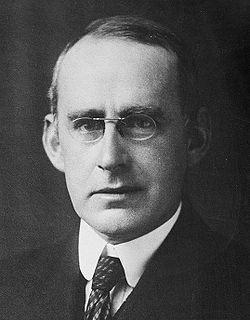Arthur Eddington

Sir Arthur Eddington | |
|---|---|
 Arthur Stanley Eddington (1882–1944) | |
| Born | Arthur Stanley Eddington 28 December 1882 Kendal, Westmorland, England |
| Died | 22 November 1944 (aged 61) Cambridge, England |
| Nationality | English |
| Citizenship | British |
| Alma mater | University of Manchester Trinity College, Cambridge |
| Known for | Eddington limit Eddington number Eddington–Dirac number Eddington–Finkelstein coordinates |
| Awards | Royal Society Royal Medal (1928) Smith's Prize (1907) RAS Gold Medal (1924) Henry Draper Medal (1924) Bruce Medal (1924) Knights Bachelor (1930) Order of Merit (1938) |
| Scientific career | |
| Fields | Astrophysics |
| Institutions | Trinity College, Cambridge |
| Doctoral students | Subrahmanyan Chandrasekhar Leslie Comrie Gerald Merton G. L. Clark Cecilia Payne-Gaposchkin Hermann Bondi |
Sir Arthur Stanley Eddington OM FRS[1] (28 December 1882 – 22 November 1944) was an important English scientist. He was an astronomer, physicist, and mathematician in the early 20th century.
Eddington did his greatest work in astrophysics. He was also a philosopher of science and a populariser of science. The Eddington limit is named after him. It is the natural limit to the luminosity of stars, or the radiation generated by accretion onto a compact object (which is what causes the luminosity).
Around 1920, he anticipated the discovery and mechanism of nuclear fusion in stars. This was published in his paper "The Internal Constitution of the Stars".[2][3] At that time, the source of stellar energy was a complete mystery; Eddington was the first to correctly speculate that the source was fusion of hydrogen into helium.
He is also famous for his work on the theory of relativity. Eddington wrote a number of articles that explained Einstein's theory of general relativity to the English-speaking world. World War I severed many lines of scientific communication and new developments in German science were not well known in England. He also conducted an expedition to observe the solar eclipse of 29 May 1919. That gave one of the earliest confirmations of general relativity.The observations showed that light from stars which passed close by the Sun was slightly bent towards the Sun. This was predicted by the general theory of relativity. He became known for his popular expositions and interpretations of the theory.
References[change | change source]
- ↑ Plummer, H.C. (1945). "Arthur Stanley Eddington. 1882–1944". Obituary Notices of Fellows of the Royal Society. 5 (14): 113–126. doi:10.1098/rsbm.1945.0007. S2CID 121473352.
- ↑ Eddington A.S. 1920. The internal constitution of the stars. The Scientific Monthly 11, 4, 297-303. [https://www.jstor.org/stable/6491?seq=1#page_scan_tab_contents ]
- ↑ Eddington, A.S. 1916 (1916). "On the radiative equilibrium of the stars". Monthly Notices of the Royal Astronomical Society. 77: 16–35. Bibcode:1916MNRAS..77...16E. doi:10.1093/mnras/77.1.16.
{{cite journal}}: CS1 maint: numeric names: authors list (link)